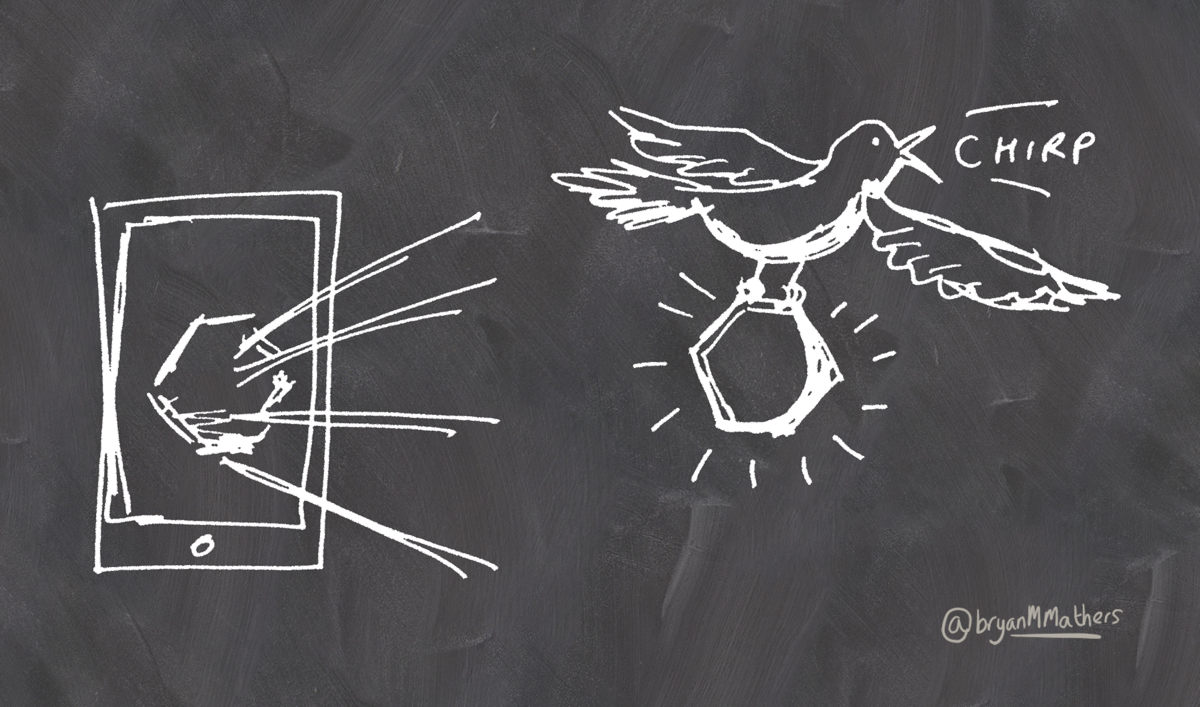There’s no TIDE podcast this week, so I thought I’d record a blog post today. Here’s the abstract:
We’re at peak centralisation of our data in online services, with data as the new oil. It’s a time of ‘frictionless sharing’, but also a time when we’re increasingly having decisions made on our behalf by algorithms. Education is now subject to a land grab by ‘software with shareholders’ looking to profit from collecting, mining, packaging, and selling learner data. This article explores some of the issues at stake, as well as pointing towards the seeds of a potential solution.
The Code Acts in Education blog I mention in the introduction to this piece can be found here and Ben Williamson is @BenPatrickWill on Twitter.
Comments (once you’ve listened!) much appreciated. I’ve still got time to re-work this… 🙂
[display_podcast]
(no audio? click here!)
References
Belshaw, D.A.J. (2014a). Software with shareholders (or, the menace of private public spaces). Doug Belshaw’s blog. 23 April 2014. http://dougbelshaw.com/blog/2014/04/23/software-with-shareholders.
Belshaw, D.A.J. (2014b). Curate or Be Curated: Why Our Information Environment is Crucial to a Flourishing Democracy, Civil Society. DMLcentral. 23 October 2014. http://dmlcentral.net/blog/doug-belshaw/curate-or-be-curated-why-our-information-environment-crucial-flourishing-democracy.
Dixon-Thayer, D. (2015). Mozilla View on Zero-Rating. Open Policy & Advocacy Blog. Mozilla. 5 May 2015. https://blog.mozilla.org/netpolicy/2015/05/05/mozilla-view-on-zero-rating.
Flew, T. (2008). New Media: An Introduction (3rd ed.). Melbourne: Oxford University Press.
Gillula, J. & Malcolm, J. (2015). Internet.org Is Not Neutral, Not Secure, and Not the Internet. Deeplinks Blog. Electronic Frontier Foundation. 18 May 2015. https://www.eff.org/deeplinks/2015/05/internetorg-not-neutral-not-secure-and-not-internet.
Kramer, A.D.I., Guillory, J.E., Hancock, J.T. (2014) Experimental evidence of massive-scale emotional contagion through social networks. Proceedings of the National Academy of Sciences of the United Sates of America. 111(24).
McNeal, G.S. (2014). Facebook Manipulated User News Feeds To Create Emotional Responses. Forbes. 28 June 2014. http://www.forbes.com/sites/gregorymcneal/2014/06/28/facebook-manipulated-user-news-feeds-to-create-emotional-contagion
Mozilla. (2015). Web Literacy Map v1.1. https://teach.mozilla.org/teach-like-mozilla/web-literacy
Thorp, J. (2012). Big Data Is Not the New Oil. Harvard Business Review. 30 November 2012. https://hbr.org/2012/11/data-humans-and-the-new-oil.
Image CC BY-NC Graham Chastney



